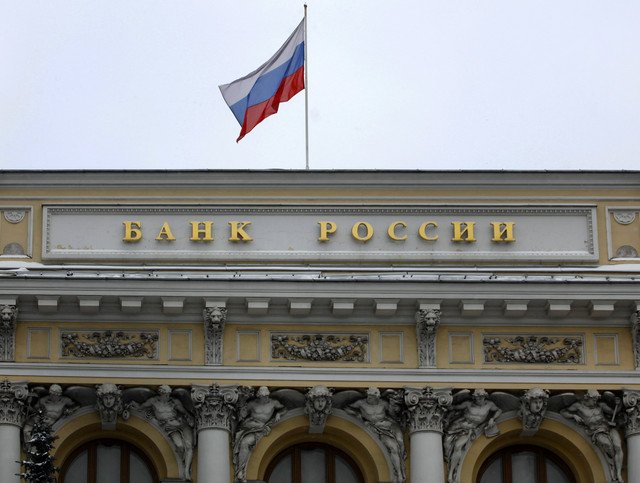Russia’s central bank has raised its key interest rate from 10.5% to 17% overnight.
The bank said the move was to try to ease the ruble’s recent fall in value.
The ruble had lost 50% against the US dollar this year as falling oil prices and Western sanctions continue to weigh on the country’s economy.
Before the move, the dollar bought 67 rubles. The rate rise moved it up to 58 against the dollar, although it has since slipped back to 62.
Since the start of the year, the ruble has lost more than 45% of its value against the dollar.
Most analysts thought the move would work to curb inflation, which is running into double figures.
Russia’s central bank has tried unsuccessfully to stabilize the currency, buying rubles in the markets.
It has spent more than $70 billion supporting the ruble since the start of the year.
“This decision is aimed at limiting substantially increased ruble depreciation risks and inflation risks,” the central bank said in a statement. The decision is effective from Tuesday, December 16.
The leap in rate follows an increase to the prior rate of 10.5% on December 11 and an increase of 1.5% to 9.5% in October.
Last week, the World Bank warned that Russia’s economy would shrink by at least 0.7% in 2015 if oil prices did not recover. Capital Economics’ latest prediction is for a contraction of 2%.
Raising interest rates has its own risks, as more expensive borrowing can itself slow growth. But it may also stem the tide of money leaving the country.
[youtube Og62Yfvc5bo 650]
